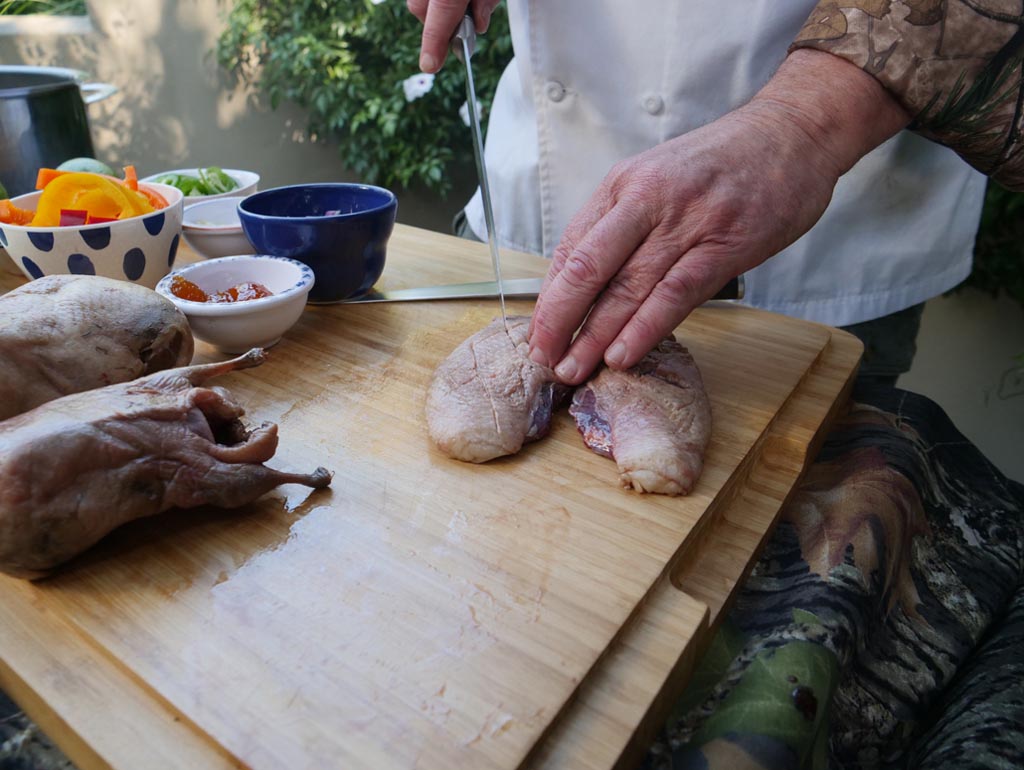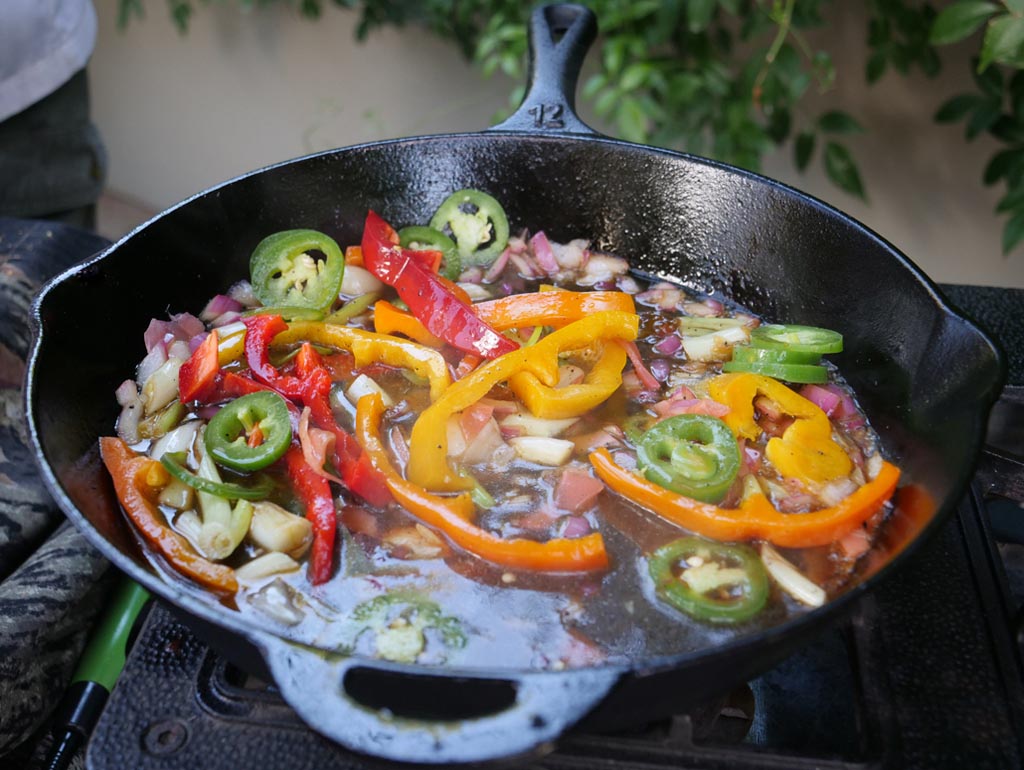Easy Ways to Cook Waterfowl
In a perfect world, all our harvested ducks would be mallards, pintails, teal and woodies.
Oh sure, the other ducks would still be around for us to enjoy. We just wouldn’t shoot at them. The ducks we do cook would never be overcooked, freezer-burned or “gamy” tasting. As a matter of fact, no one would ever compare the taste of cooked waterfowl to anything other than the finest cuisine imaginable. In a perfect world.Preventing cookies from being stored on your device may interfere with your ability to view video content.
You can adjust your cookie setting by clicking the button below.
Getting back to reality, most of us do shoot the occasional diver duck, snow goose or shoveler. It’s all too often our only option. For the duck snobs in my area, I serve them spoonies and snow geese often, but don’t tell them what they’ve eaten until after they let me know how great they taste. A sea duck is never going to taste like a pintail unless you go to extraordinary lengths to make them both taste like something other than duck. But that doesn’t mean they aren’t good table fare.
The all-too-common practice that waterfowlers do that offends me the most happens during processing. Real processing involves breaking down an animal and separating all of the parts. Simply peeling away the skin, removing the breast fillets and throwing away the rest is just irresponsible. Or maybe some folks just don’t know what they’re missing. I pluck my puddlers, but not so much with divers and sea ducks where the skin can be off tasting.
Ducks are best cooked in parts. Legs and thighs can be removed and the joints where thighs meet the bodies. These are best saved with the skin intact so that the fat can be rendered and used for part of the browning process. Place a pile of duck legs in a roasting pan with some celery, carrots, onions, salt, pepper and a little olive oil. Place the pan in a preheated 325-degree oven for 2 to 3 hours. After about 2 hours, you’ll see the meat recede off the bone. You’re getting close. Keep checking every 15 minutes after that and remove each leg just before the meat falls off the bone. Allow to cool and add to the grill or pan to reheat when you’re cooking the breast fillets. Your friends will want to know how you got the legs, the same legs that aren’t really edible at medium-rare, so freakin’ tender.
I cook my ducks and geese in parts. The breast fillets cook quickly to an internal temperature of 130 – 135-degrees for medium-rare. The legs are braised until tender and the carcasses are used to make stock. Nothing is wasted. The only exception for me is a teal. I like to split them and leave the legs intact. I can still gnaw the leg and thigh meat off a medium-rare teal. Besides, they are so tender and delicious, I hate to lose any of the meat.
Puddlers are relatively easy. You brine them, give them a good rub or soak in a marinade and cook the respective parts as they are meant to be cooked. Divers, sea ducks and other dark-fleshed, “lesser” ducks and geese need a bit more work. I brine sea ducks for 24 hours before rinsing well with cold water, patting dry and soaking in a marinade for 12 hours or more. Brining adds salty flavor so go easy on the salt in the marinades or rubs before cooking.
For tough muscles like the breast fillets from Canada geese, give sous vide a try. First brine them in a commercial brine or a solution of 1/2 gallon water and 1/2 cup each coarse salt and brown sugar. Pat dry, dry rub and vacuum seal before submerging in the temperature-controlled 134-degree circulating water bath that is sous vide. Remove the goose from the bag after 4 hours and quickly slap it onto a hot skillet or grill grate for about 1 minute per side until browned. The flavor is mild and the texture is super-tender
Here’s a great sauce to pair with any duck or goose. The flavors are a combination of sweet, salty, sour and spicy. You can adjust each flavor to suit your own palate. The spicy part can be wasabi, any hot sauce or sliced hot peppers. If mangoes are unavailable or ridiculously priced, substitute another fruit like peaches or plums.
Spicy Mango Sweet and Sour Sauce
Servings: 1 1/2 cups sauce
2/3 cup rice vinegar
1/4 cup low-sodium soy sauce or ponzu
3 tablespoons apricot preserves
2 cloves garlic minced
2 teaspoons pickled ginger minced
2 green onions chopped
1 - 2 tablespoons prepared wasabi you can always add more or hot sauce or sliced hot peppers
1 mango; peeled seeded and diced
2 limes juice only
Combine first 5 ingredients in a saucepan over medium heat and bring to a boil. Reduce heat to low and simmer for 2 – 3 minutes. Stir in green onions, wasabi, hot sauce or peppers and simmer until wasabi is incorporated into the sauce. Remove from heat and stir in mango. Add lime juice and stir. Adjust flavors to suit your taste. Too sweet? Add more vinegar. Too sour? More sugar.






